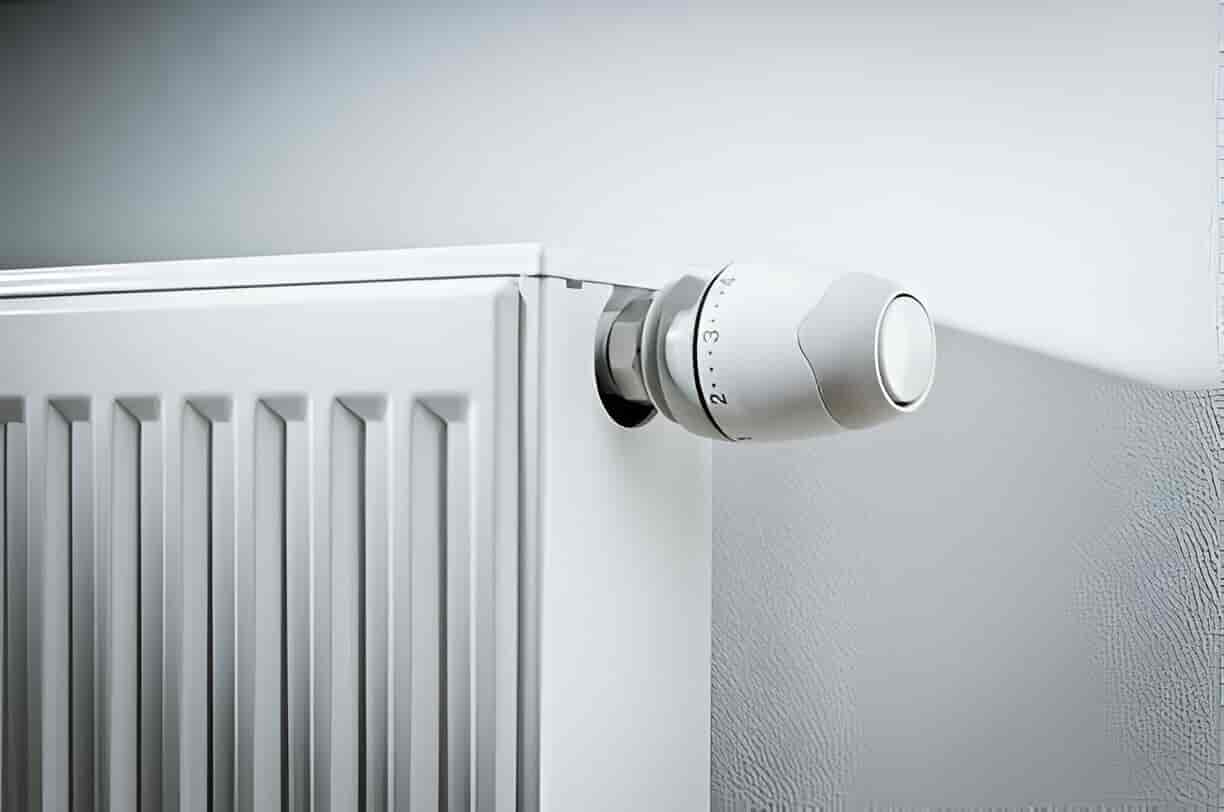Heating Repair in Piper, KS

Heating Repair in Piper, KS
A reliable heating system is essential for Piper, KS homes when winter temperatures drop below freezing. Heating Repair in Piper, KS focuses on restoring safe, efficient warmth quickly-especially during nights and weekends when failures are most disruptive. This page explains common heating failures in Piper, describes our rapid diagnostic and repair process, clarifies replacement parts and warranties, and gives practical guidance on when repair versus replacement makes sense for local homeowners.
Common heating repair issues in Piper, KS homes
- No heat at all: often caused by ignition failures, blocked burners, tripped safety switches, or gas supply interruptions.
- Intermittent heating or short cycling: frequent on/off cycles caused by dirty filters, improper airflow, malfunctioning thermostat, or failing limit switches.
- Pilot or ignition problems: standing pilot or electronic ignition faults, flame sensor issues, or clogged burners.
- Blower motor or fan failures: weak airflow, loud noises, or motors that fail to start-often due to capacitors, belts, or worn bearings.
- Heat pump specific faults: loss of heating mode, stuck reversing valve, refrigerant leaks, or failed defrost cycles in cold weather.
- Cracked heat exchanger or combustion problems: safety-critical issues that require immediate evaluation.
- Thermostat and control issues: incorrect temperature readings, communication errors, or failed controls.
- Ductwork and airflow problems: leaks, blockages, or poor insulation causing uneven heating and higher bills.
Systems we diagnose and repair in Piper, KS
- Gas furnaces and oil furnaces
- Electric furnaces and electric heat strips
- Heat pumps and hybrid heating systems
- Ductless mini-split heating systems
- Boilers and radiant heating systems
- Controls, thermostats, and zone systems
24/7 rapid-response diagnostics
Heating failures don’t always happen during business hours. Rapid-response diagnostics available in Piper include:
- Immediate safety checks: carbon monoxide testing and gas leak detection before any work.
- Visual and electrical inspections: wiring, control boards, and visible component condition.
- Operational testing under load: observing ignition, flame, blower operation, pressure and refrigerant where applicable.
- Clear findings and transparent estimate: a written explanation of the diagnose, recommended repair, and cost before work begins.
Step-by-step troubleshooting and repair process
- Arrival and system shutdown for safety testing.
- Full safety inspection: carbon monoxide, venting, and combustion checks for fuel-burning equipment.
- Diagnostic testing: thermostats, sensors, ignition system, blower, capacitors, pressure switches, and refrigerant if needed.
- Identification of root cause, not just symptoms-this reduces repeat visits.
- Presentation of a clear, upfront estimate with parts and labor options (repair or replacement scenarios).
- Onsite repairs using OEM or equivalent parts with documented warranties.
- System calibration and a complete test run to confirm normal operation.
- Post-service review so you understand what was fixed and why.
Common repairs explained in plain language
- Ignition and pilot repairs: cleaning or replacing flame sensors, igniters, or pilot assemblies to restore reliable starts.
- Limit switch and control board repairs: replacing faulty safety or control components that cause short cycling.
- Blower and motor service: replacing capacitors, motors, or belts to restore proper airflow.
- Refrigerant diagnostics and repair for heat pumps: locating and repairing leaks, recharging system to spec.
- Combustion and vent repairs: fixing blocked or damaged flues that can lead to dangerous conditions.
- Duct sealing and airflow balancing: reducing energy loss and evening out room temperatures.
Replacement parts and warranty information
Repairs typically use quality replacement parts-OEM components when available or equivalent-grade parts selected for reliability. Parts and labor are supported by standard industry warranties so homeowners in Piper have documented protection after repair. Warranties vary by part type and manufacturer; customers receive the warranty terms with their estimate and paperwork.
Upfront pricing and written estimates
Transparent pricing is part of effective heating repair. Estimates outline diagnostic fees, parts, labor, and any permitting or disposal costs that may apply. Because repair needs vary based on system type, age, and access, written estimates allow you to compare repair versus replacement options clearly. Emergency diagnostic visits are itemized separately so you know what work was performed and why.
Repair vs replacement: what to consider in Piper, KS
Repair is often the best choice when a system is relatively new, the issue is isolated, and the repair cost is modest compared to the unit’s remaining life. Replacement becomes more practical when:
- The system is older (typical furnace life expectancy is roughly 15 to 20 years) and has had multiple recent repairs.
- The heat exchanger or other major safety components are damaged.
- Efficiency is low and replacement would meaningfully reduce winter energy bills in Piper’s cold climate.
- Repair costs approach the value of a newer, more efficient system that would lower monthly operating costs.
Local climate factors such as extended cold stretches make system efficiency and reliability important decision drivers for Piper homeowners.
Preventive maintenance and seasonal tips for Piper homes
- Change filters regularly and keep vents unobstructed for consistent airflow.
- Schedule an annual heating tune-up before the heating season to catch issues early.
- Insulate ducts and attic spaces to reduce heat loss during bitter cold nights.
- Protect outdoor heat pump units and maintain clearance for proper airflow in winter.
- Consider thermostat scheduling and zoning to reduce runtime and improve comfort.
A prompt, professional heating repair restores comfort and safety during Piper winters while minimizing long-term costs. Proper diagnostics, transparent estimates, and informed guidance on repair versus replacement help homeowners make the most durable and cost-effective choices for their heating systems.








